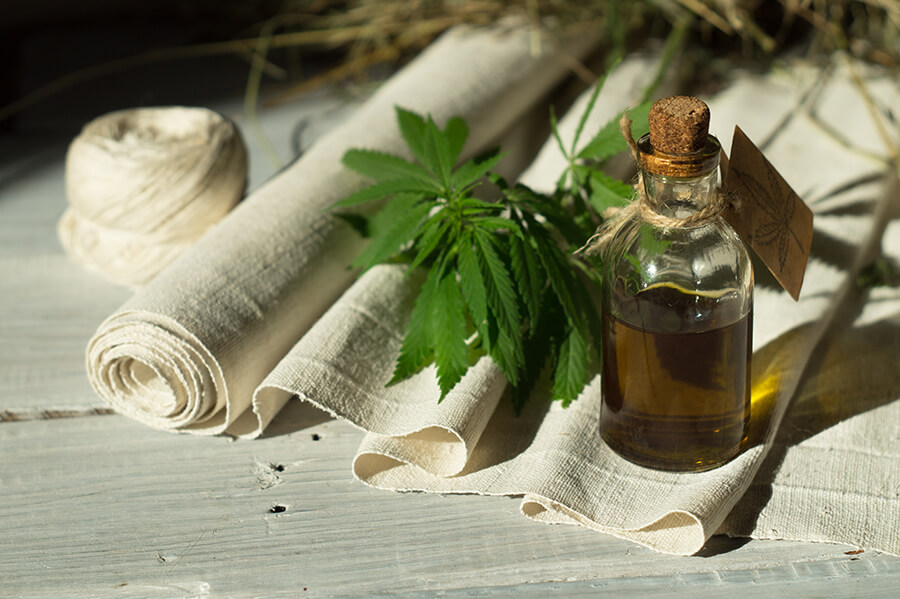Hemp
The Storied History of Hemp
Hemp vs Marijuana
As we take a look at the history and commercial applications of this remarkable plant—commonly referred to as “the wonder crop”—an important distinction should be made. It’s a common misconception that hemp and marijuana are the same thing, but they are not. Although hemp and marijuana both belong to the ‘cannabis’ genus of plants, their basic anatomy is completely different. The most notable difference in that hemp plants lack substantial amounts of Tetrahydrocannabinol (THC), the cannabinoid that causes psychoactive effects.
How Hemp Became Discredited
In the 1930’s, William Randolph Hearst, Secretary of the Treasury Andrew Mellon, the Rockefellers, and other “oil barons” who were developing petroleum-based empires, were all intent to eliminate the industries of renewable resources, hemp, and biomass fuels. Hearst used his newspapers to introduce the word “marijuana” when referencing cannabis, making hemp seem more illicit. Fear tactics and negative propaganda led to the Marijuana Tax Act of 1937, which levied taxes on hemp goods and commercial sales of cannabis products. The term “marijuana” was applied to ALL cannabis, including non-psychoactive hemp. Hemp was also included as a dangerous narcotic in the Controlled Substances Act of 1970 despite its long history as a food and fiber source for ancient and modern civilizations.
The Return of Hemp
The Hemp Farm Bill of 2018 removed hemp from its illegal status, and hemp is now back in its rightful place as an agricultural commodity. Many hemp advocates are leading the effort to offer customers high quality, eco-friendly hemp products that are superior to its conventional counterparts. Hemp can clothe us, house us, feed us, and heal us, and is a much better environmental choice than the materials we’ve relied upon for decades.

